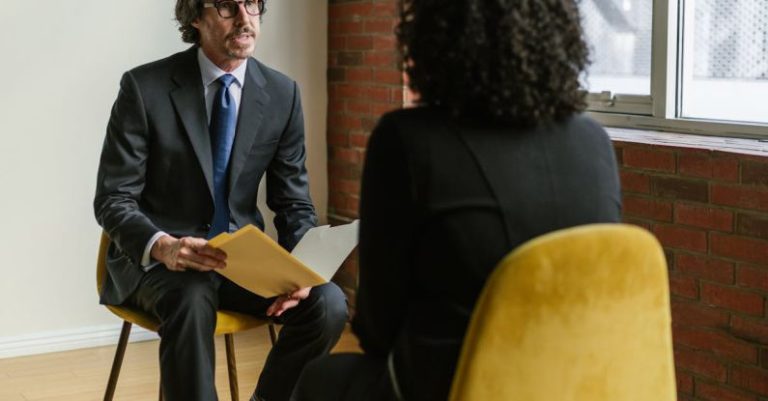The Star Method: Structuring Responses for Behavioral Interviews
Crafting compelling responses during a behavioral interview can often be the key to landing your dream job. These types of interviews are designed to assess how candidates have handled specific situations in the past, providing valuable insights into their problem-solving abilities, communication skills, and overall fit for the role. One effective strategy for structuring your responses in a clear and concise manner is the STAR method. By following this framework, you can ensure that your answers are organized, engaging, and showcase your qualifications in the best possible light.
Understanding the STAR Method
The STAR method is an acronym that stands for Situation, Task, Action, and Result. This framework provides a structured approach to answering behavioral interview questions by breaking down your response into these four components. By following this format, you can effectively communicate the context of the situation, the specific task you were faced with, the actions you took to address it, and the results of your efforts.
Situation: Setting the Stage
When responding to a behavioral interview question using the STAR method, start by outlining the specific situation or scenario you were in. Provide context for the interviewer by describing the circumstances, challenges, or obstacles you faced. This helps paint a clear picture of the scenario and allows the interviewer to understand the context in which your actions took place.
Task: Defining Your Objective
After setting the stage with the situation, move on to discussing the specific task or objective you were tasked with. Clearly articulate what was expected of you in that particular situation and highlight any goals or targets you were working towards. This step demonstrates your ability to understand and prioritize tasks, as well as your capacity to define objectives in a challenging environment.
Action: Describing Your Response
Once you have outlined the situation and task, it’s time to delve into the actions you took to address the challenge at hand. Describe the specific steps you took to tackle the problem, highlighting your decision-making process, problem-solving skills, and any unique approaches you implemented. Be sure to focus on your individual contributions and the role you played in resolving the situation.
Result: Highlighting Your Achievements
The final component of the STAR method is to discuss the results of your actions. Describe the outcomes of your efforts, including any quantifiable achievements, improvements, or lessons learned from the experience. Highlight the impact of your actions and how they contributed to the overall success of the project or situation. This step allows you to showcase your accomplishments and demonstrate the value you bring to the table.
Putting It All Together
Incorporating the STAR method into your responses during a behavioral interview can help you structure your answers in a clear and concise manner. By following this framework, you can effectively communicate your experiences, skills, and accomplishments to potential employers, making a compelling case for why you are the best candidate for the job. Practice using the STAR method with common behavioral interview questions to refine your responses and ensure you are well-prepared for any scenario that may arise.
In conclusion: Mastering the STAR method can give you a competitive edge in behavioral interviews by helping you craft structured, impactful responses that showcase your qualifications and experience. By following this framework, you can effectively communicate your past achievements and problem-solving abilities, demonstrating to potential employers that you are a strong candidate for the position. Practice using the STAR method to refine your answers and approach your next interview with confidence and poise.






